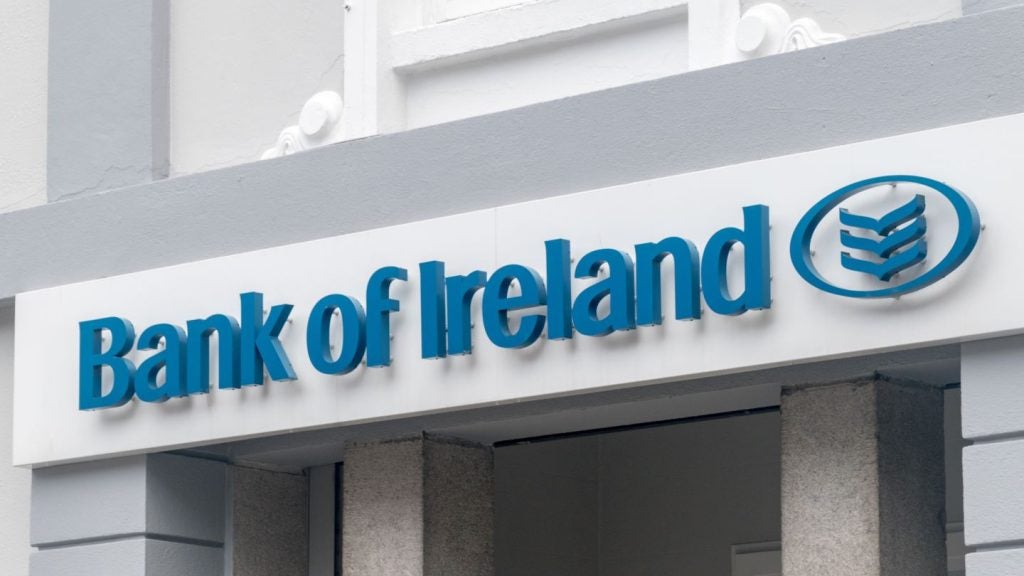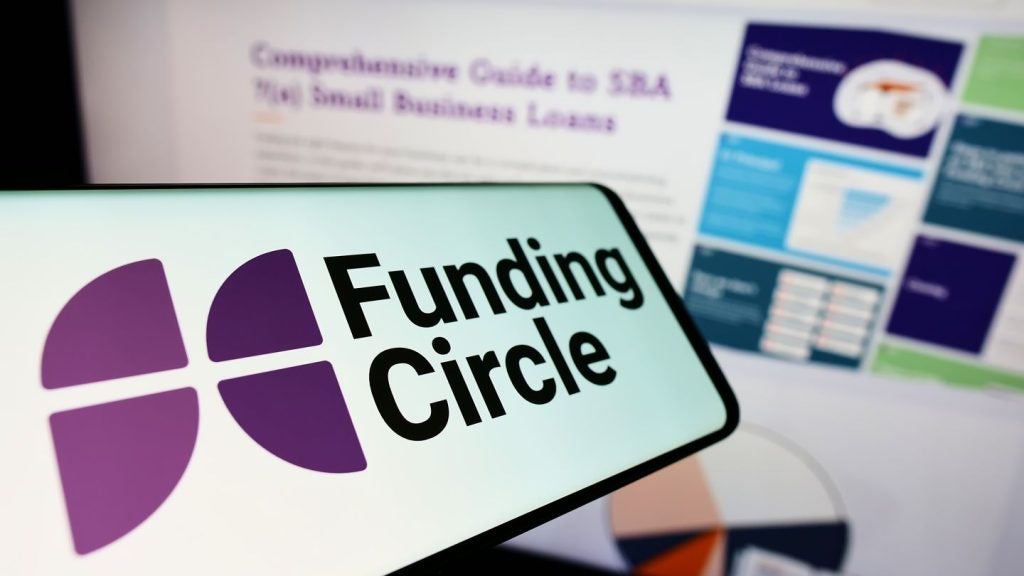With the announcement that the new debt pre-action protocol (PAP) has been approved and the implementation date set for 1 October 2017, debt recovery specialists are examining what the changes will mean for creditors and debtors. Clarke Willmott’s Karen Chapman analyses the main points
The new PAP’s main departure from the previous regime is that sole traders are now to be considered as individuals rather than businesses. The protocol applies to sole traders, but not to partnerships or limited companies.
Another change is that the debt PAP now extends the time it takes to issue Court proceedings by four to five weeks. Currently if someone defaults, a Letter of Claim will usually give between seven and 14 days to respond, and if the debtor does not reply, then Court proceedings can be issued straight away.
Under the debt PAP 30 days will be given, and creditors will also be required to give 14 days’ notice of the intention to issue Court proceedings.
The new protocol features several changes that both businesses and individuals need to be aware of. First of all, the debt PAP will not apply to business-to-business debts unless the debtor is a sole trader. It is easy to check limited companies through Companies House, but if you do not know whether a customer is a sole trader or a partnership, you will need to assume they are a sole trader and comply with the debt PAP.
Under the new protocol, the debtor has 30 days to respond to the Letter of Claim, and the creditor cannot start legal proceedings until this time has elapsed and they have received no response. So the debt PAP effectively extends the time it takes to issue Court proceedings.
How well do you really know your competitors?
Access the most comprehensive Company Profiles on the market, powered by GlobalData. Save hours of research. Gain competitive edge.

Thank you!
Your download email will arrive shortly
Not ready to buy yet? Download a free sample
We are confident about the unique quality of our Company Profiles. However, we want you to make the most beneficial decision for your business, so we offer a free sample that you can download by submitting the below form
By GlobalDataThis is a reasonably long extension, and some unscrupulous customers could seek to take advantage of this and see it as an easy way to extend their credit terms.
Creditors should therefore consider shortening the credit-control process to account for this. Some businesses may decide not to give credit to sole traders altogether, as changes to the process and timeline of a claim make it too onerous to comply with the PAP and could leave their credit terms open to abuse.
To some extent the Ministry of Justice’s efforts to protect sole traders and give them the same benefits and protections as individuals may backfire.
The new protocol also requires more extensive information to be provided in the initial Letter of Claim, and requires certain statements to be sent with the letter.
It may be that providing more information at the earliest stage of proceedings may save on time and costs later if any dispute is raised, but this remains to be seen.
It can be seen that the referral process under the new protocol is likely to be more onerous on creditors, particularly in relation to oral contracts and instalment offers, than we would currently expect for a ‘simple’ debt claim.
The Reply Form which is now required to be sent with the Letter of Claim is, in essence, a direction to the debtor to admit, partially admit or dispute the claim – and in the case of an admission, make an offer to pay.
It is anticipated that the ability to simply ‘tick a box’ may result in forms being returned with very little information regarding any dispute. This is of some concern, as the protocol provides that a partially completed Reply Form should be taken by a creditor as an attempt by the debtor to engage with the matter.
Following this, the creditor should attempt to contact the debtor to discuss the Reply Form and obtain any further information needed to understand the debtor’s position. This leaves the door open to debtors to drag out the pre-action process, which could result in further costs for creditors if not carefully managed.
The protocol requires the parties to take appropriate steps to resolve the dispute without starting court proceedings and, in particular, should consider the use of an appropriate form of alternative dispute resolution.
There is no doubt that settlement can be cost-effective. However, creditors should take steps to ensure that any negotiation is carried out as efficiently as possible, as the PAP also requires a creditor to give at least 14 days’ notice of their intention to start court proceedings where the debtor has responded to the Letter of Claim but agreement has not been reached.
Finally, the Court will take into account any non-compliance when giving directions for the management of proceedings.
Provided the parties have complied in substance with the terms of the PAP, the court is unlikely to be concerned with minor or technical infringements, especially when the matter is urgent.







